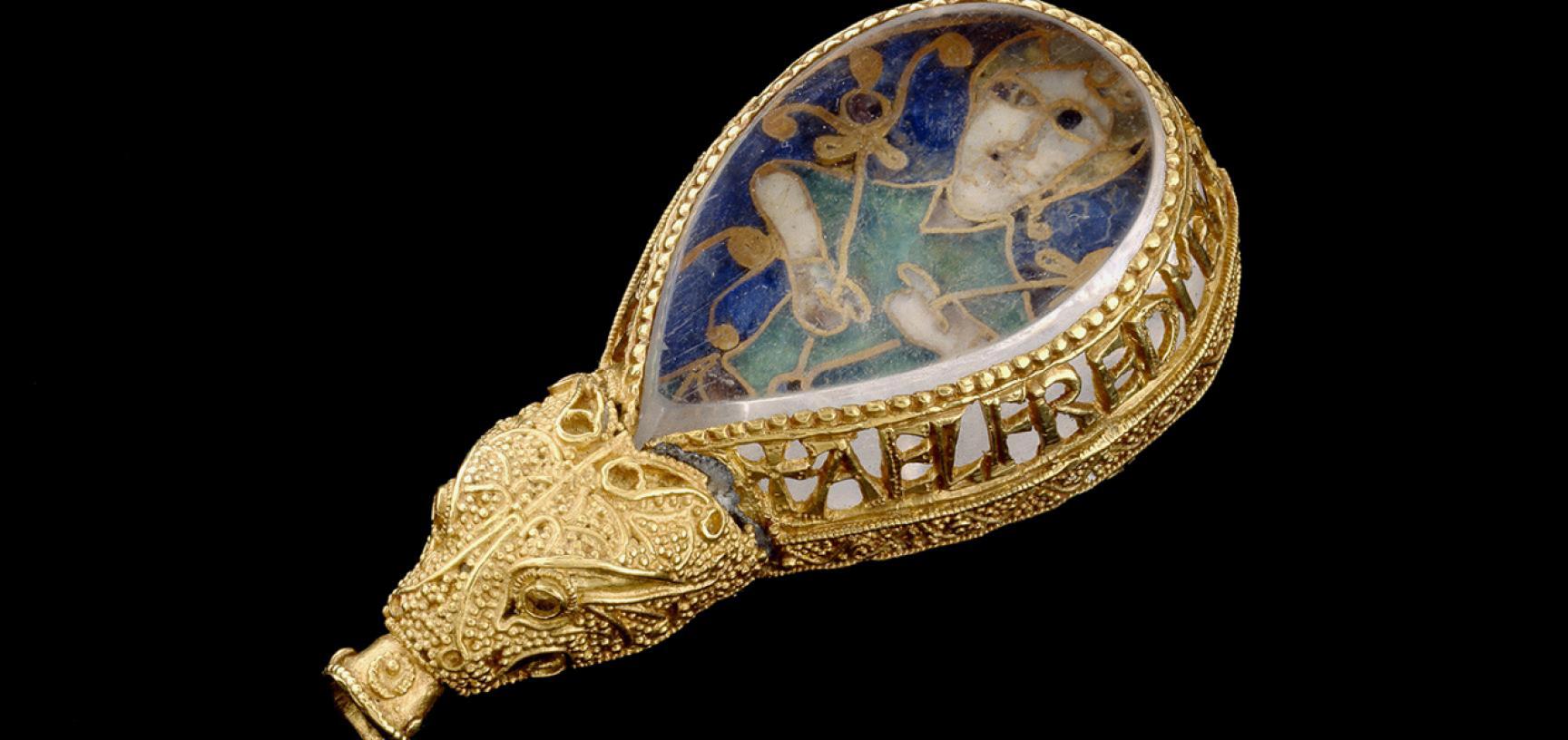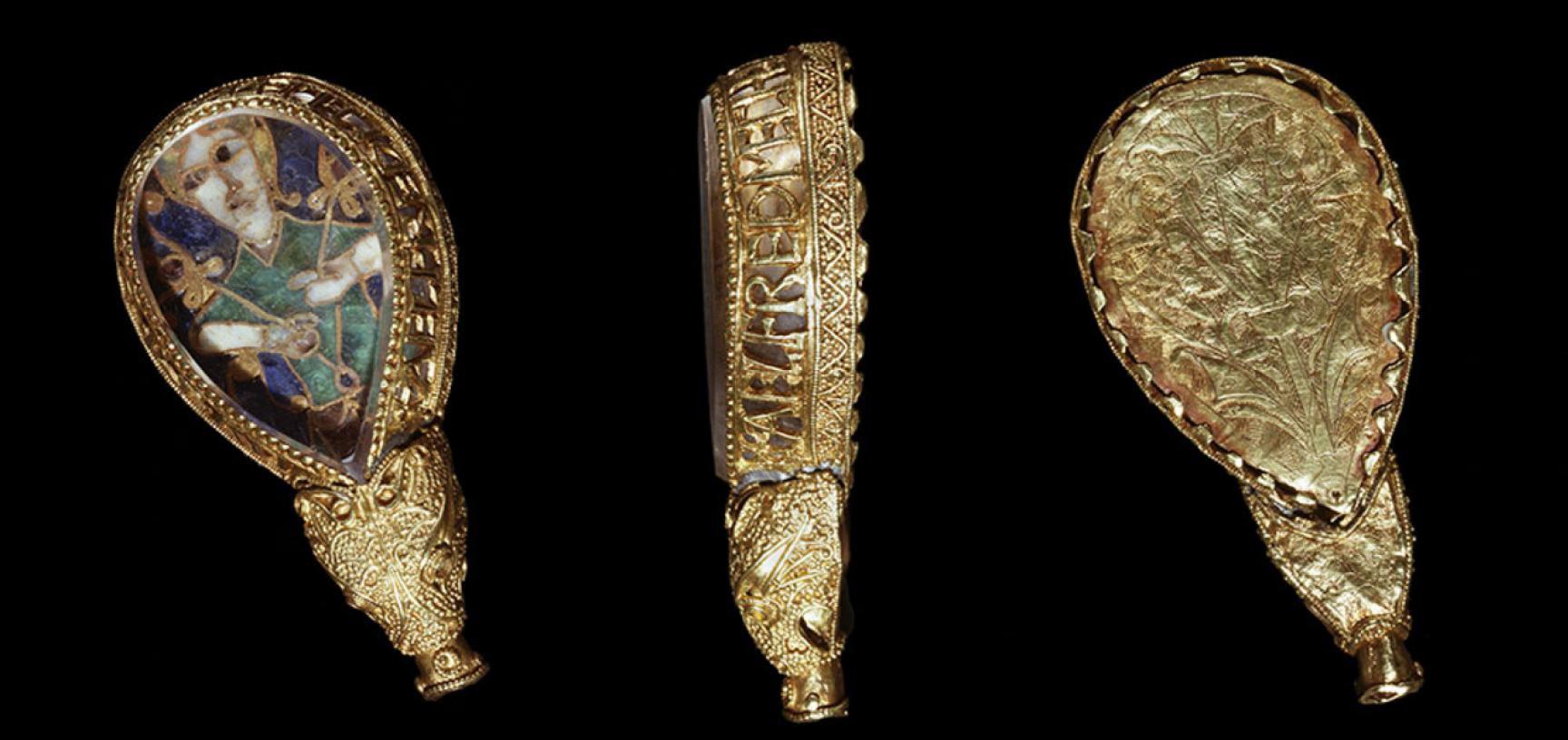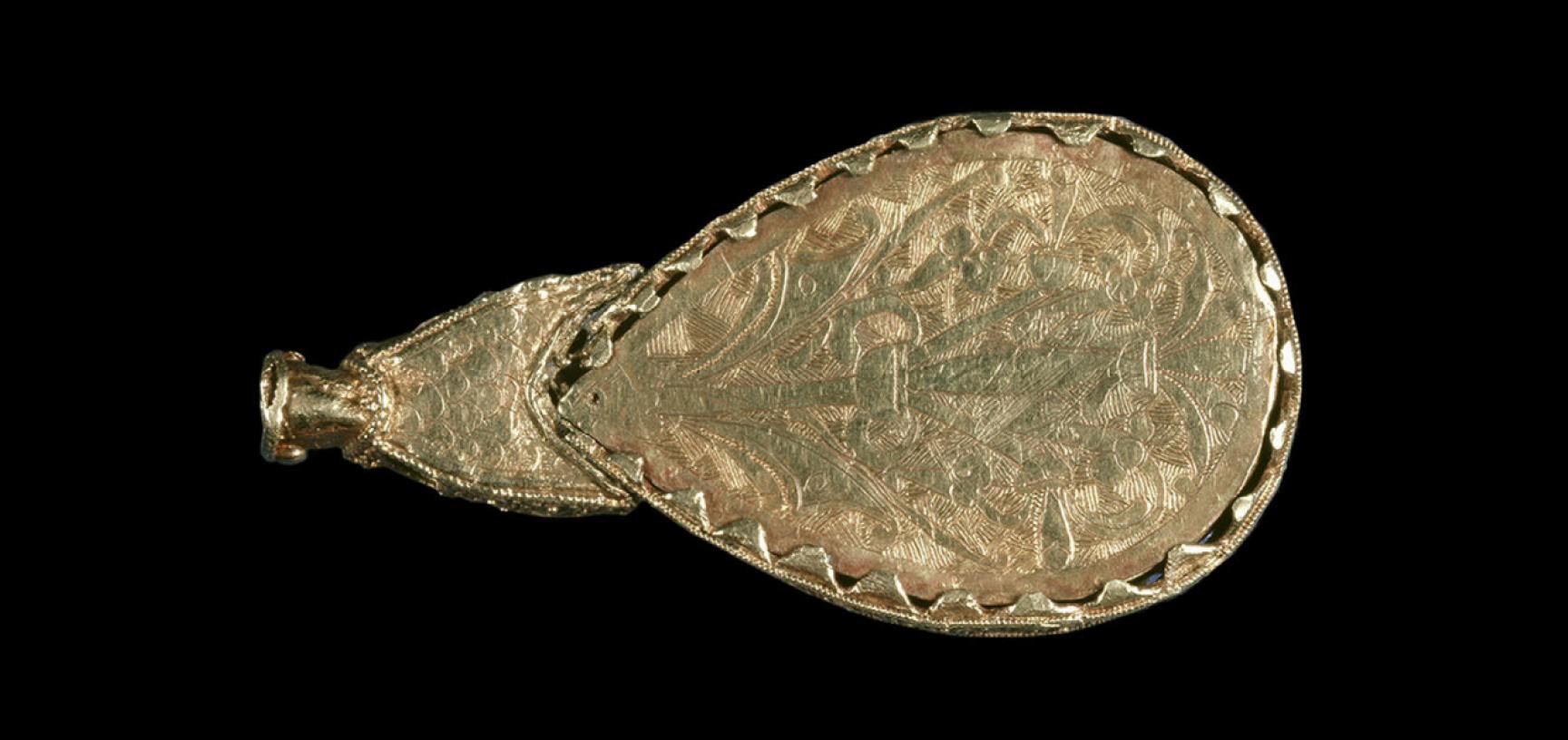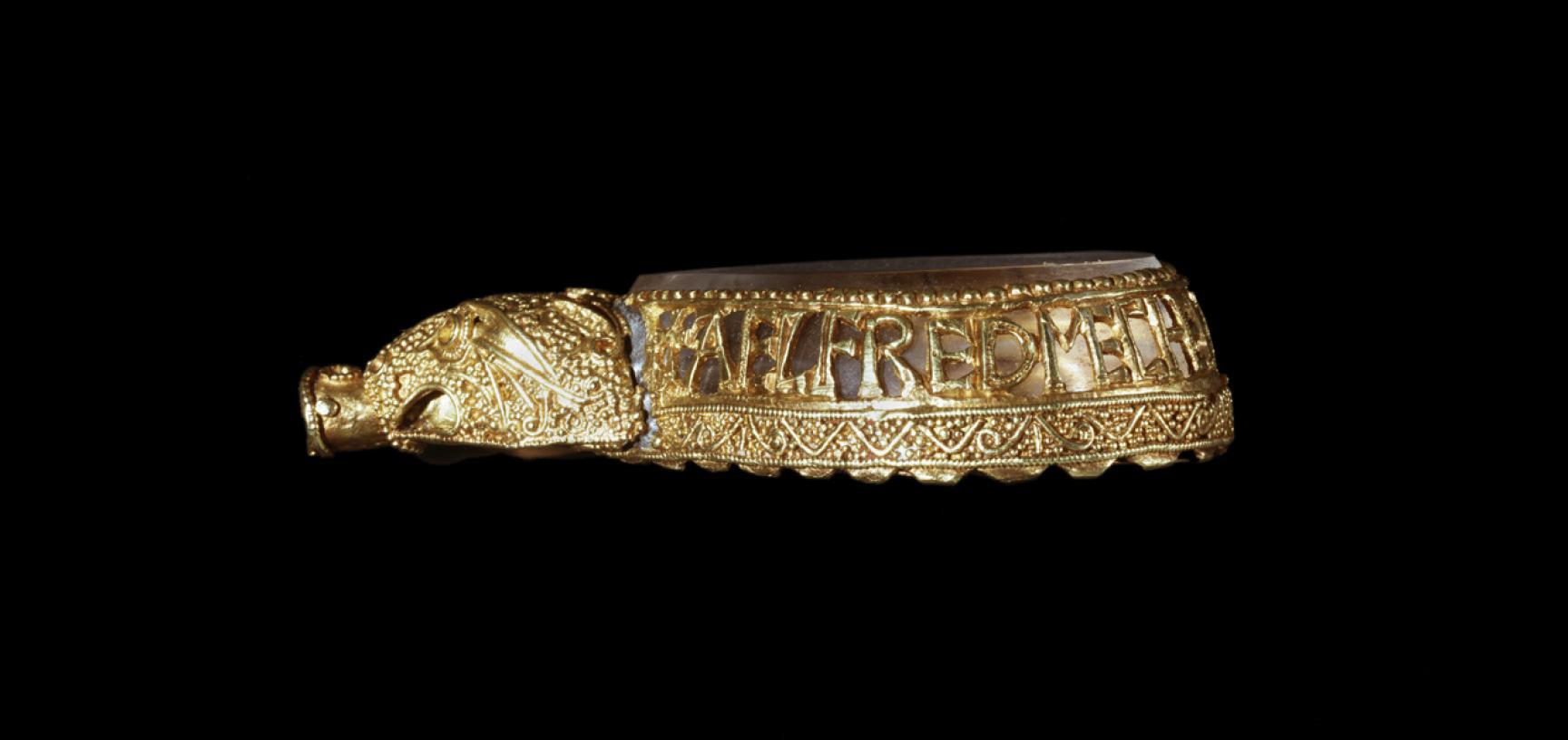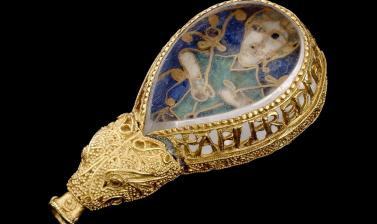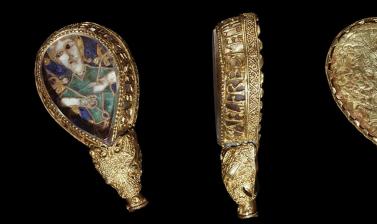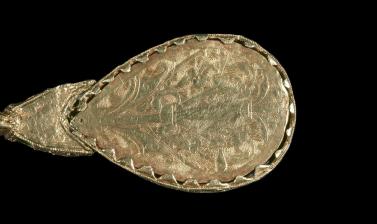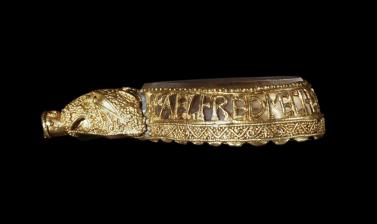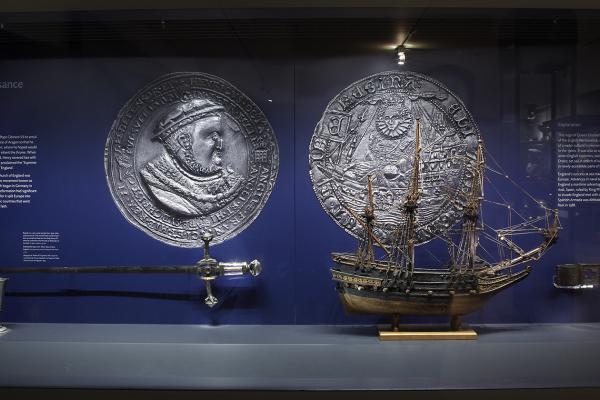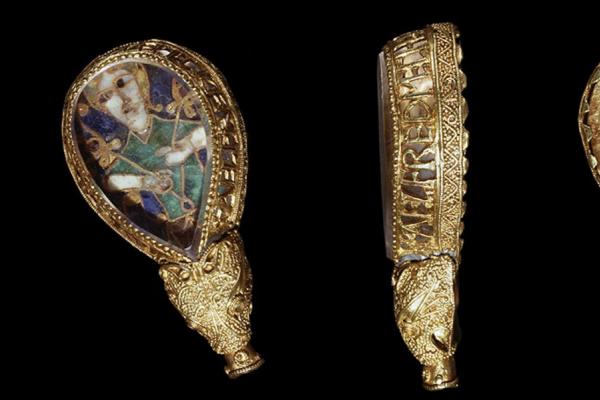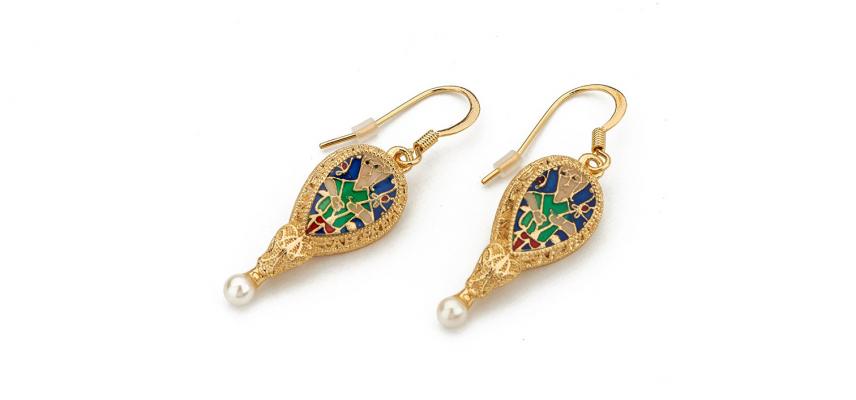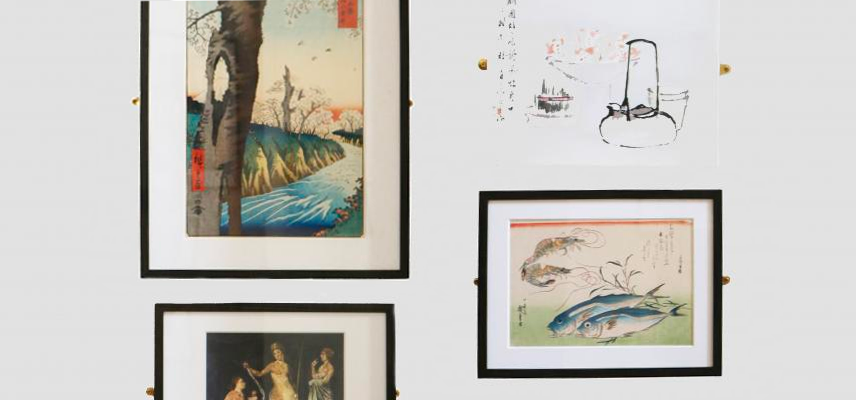ALFRED JEWEL
Made for the only English monarch known as 'the Great'
The Alfred Jewel is a masterpiece of goldsmith's work formed around a tear-shaped slice of rock crystal. Its inscription: AELFRED MEC HEHT GEWYRCAN – 'Alfred ordered me to be made’ – connects the jewel with King Alfred the Great (r. 871–899) making it among the most significant of royal relics.
Alfred ruled the southern Anglo-Saxon kingdom of Wessex and is famous for opposing the Vikings and unifying southern England. He is also credited with being a learned man, commissioning translations of religious texts from Latin into Anglo-Saxon. Some of these manuscripts were distributed throughout his kingdom and were accompanied by aestels, or pointers, used to follow the text. It is thought that the Alfred Jewel may be one of these aestels. The dragon-like head at the base of the jewel holds in its mouth a cylindrical socket, within which the actual pointer – perhaps made of ivory – would have been held in place by a rivet. The figure represented in delicate colours in cloisonné enamel on a plaque protected by the rock crystal may represent the sense of sight, an appropriate image for an object intended to help with reading.
The jewel was ploughed up in a field at North Petherton, Somerset, in 1693. The site is only a few miles from Athelney Abbey, the stronghold in the marshes from which Alfred launched his counter-attack on the Great Army of the Vikings. This ultimately led to his crucial military victory at Edington in 878 and the expansion of his authority across the southern half of England.
On display in Gallery 41 England 400–1600, Floor 2
Alfred Jewel
North Petherton, Somerset
AD 871–899
Gold, enamel and rock crystal
6.2 x 3.1 x 1.3 cm
Presented by Colonel Nathaniel Palmer, 1718
View on our online Collection Online Site: AN1836 p.135.371
License this image - visit the Ashmolean Image Library


